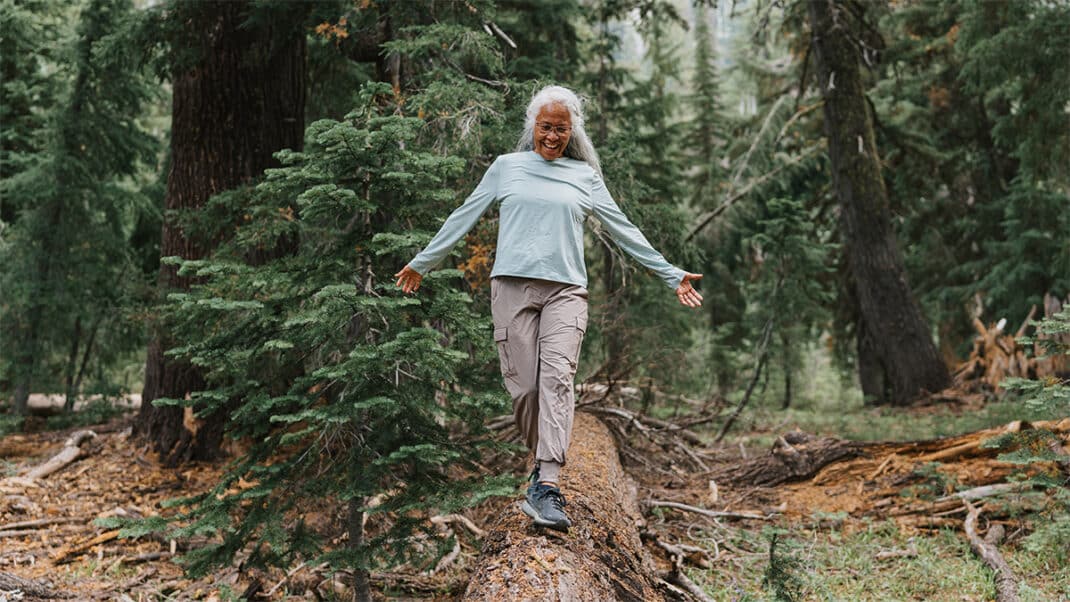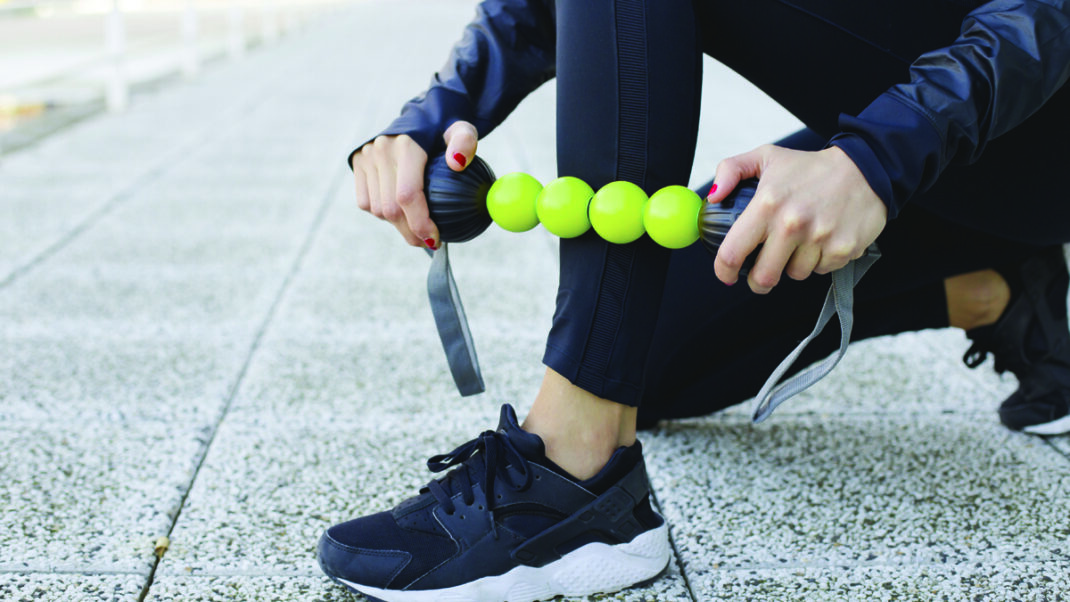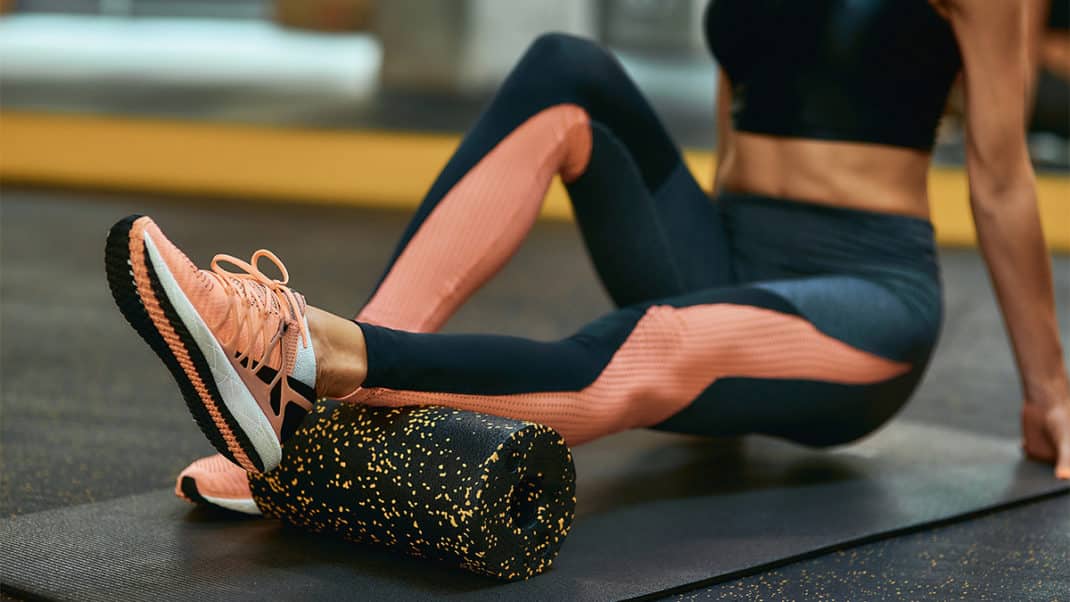5-Minute Mobility Routine Every Desk Worker Needs This September

September often brings longer hours at the desk, whether you are returning to the office, teaching, or juggling family schedules. The shift to cooler weather and busier routines often means less movement and more sitting. Extended sitting does more than make you feel stiff. It shortens hip flexors, rounds the shoulders, decreases circulation, and can contribute to back pain and fatigue. Over time, these changes may even raise the risk of musculoskeletal issues and injuries when you return to exercise (Owen et al., 2010).
The good news is that the solution does not require a full workout or expensive equipment. A simple 5-minute mobility routine can counteract many of the negative effects of sitting, restore energy, and help you move better throughout the day.
Why Mobility Matters
Mobility training involves moving joints and muscles through their full range of motion. Unlike static stretching, which focuses on lengthening muscles, mobility drills combine motion, stability, and breath control. Research shows that mobility routines can improve posture, enhance circulation, and reduce tension in areas most affected by desk work, such as the spine, hips, and shoulders (Behm et al., 2016).
Regular mobility breaks also refresh the brain. Even short movement sessions increase blood flow and oxygen delivery, which can improve focus, productivity, and energy levels. Think of mobility as both a physical reset and a mental recharge.
The 5-Minute Desk Reset
This routine is designed for convenience. It can be performed in an office, classroom, or at home with no equipment.
- Neck Rolls (30 seconds): Slowly tilt your head side to side, forward and back, then roll in controlled half-circles. This eases stiffness caused by looking at screens.
- Shoulder Circles (45 seconds): Sit or stand tall and roll your shoulders in big, smooth circles forward and backward. This opens the chest and combats slouching.
- Seated Spinal Twist (45 seconds each side): Sit tall, place one hand on your opposite knee, and rotate gently from the waist. This restores mobility to the mid-back and helps relieve lower back tightness.
- Hip Flexor Stretch (1 minute each side): From a standing position, step one leg back and drop into a gentle lunge. Keep your chest upright and squeeze the glutes of the back leg to release tight hips from prolonged sitting.
- Cat-Cow Flow (1 minute): On hands and knees, alternate between arching (cow) and rounding (cat) the spine. This mobilizes the back, improves posture, and promotes circulation through the spine.
In just five minutes, you can offset hours of sedentary time and feel looser, lighter, and more energized.
How to Build the Habit
Adding mobility into your September schedule works best when it becomes routine. Some practical strategies include:
- Set a timer: Take a 5-minute movement break every 60–90 minutes.
- Pair with transitions: Use natural pauses, such as finishing an email or a meeting, as cues for mobility.
- Encourage group breaks: In offices or classrooms, short group stretches can foster accountability and reduce stress.
- Keep it playful: Vary the sequence, add music, or involve colleagues and family to keep it engaging.
The Bottom Line
Mobility is not just for athletes. It is for anyone who spends long hours at a desk and wants to feel and move better. By carving out just five minutes each day, you can undo much of the stiffness caused by sitting, improve posture, and re-energize your body and mind. This September, make mobility a non-negotiable part of your routine—your future self will thank you.
References
-
Behm, D. G., Chaouachi, A., Lau, P. W. C., & Wong, D. P. (2016). Short-duration static stretch does not impair repeated sprints and may improve repeated jump performance. European Journal of Applied Physiology, 116(3), 511–519. https://doi.org/10.1007/s00421-015-3309-1
-
Owen, N., Healy, G. N., Matthews, C. E., & Dunstan, D. W. (2010). Too much sitting: The population health science of sedentary behavior. Exercise and Sport Sciences Reviews, 38(3), 105–113. https://doi.org/10.1097/JES.0b013e3181e373a2





